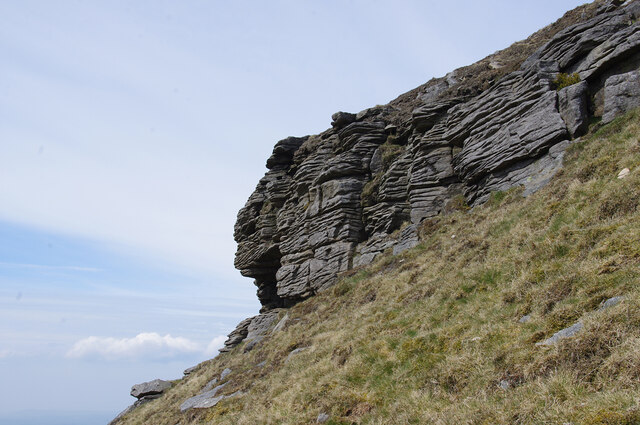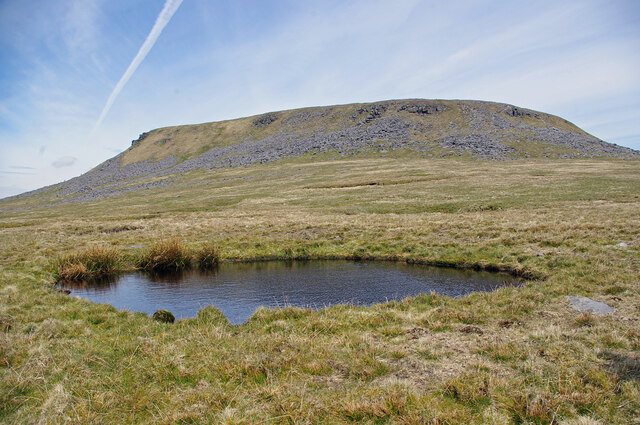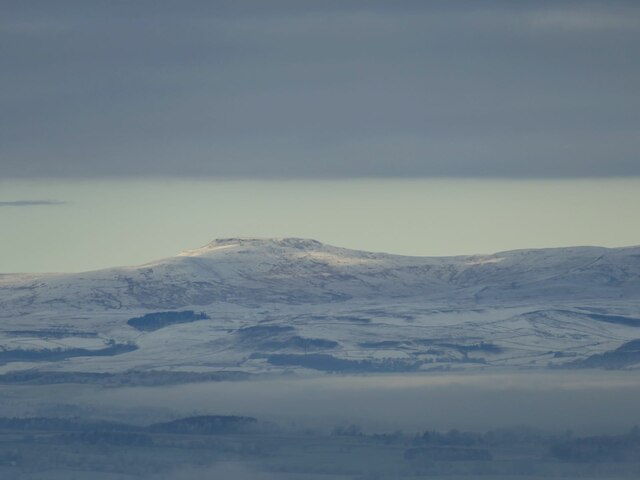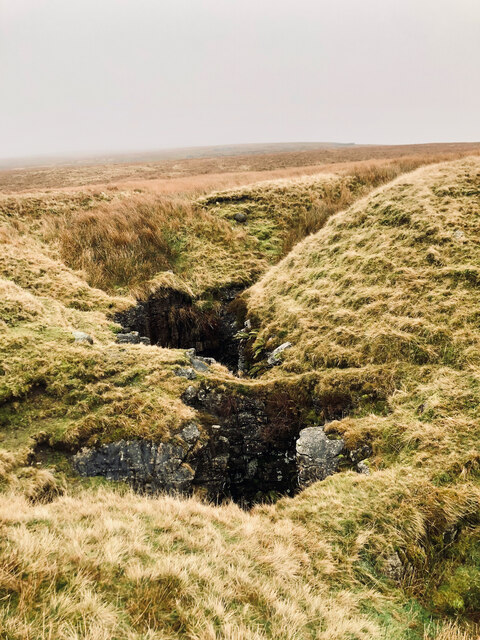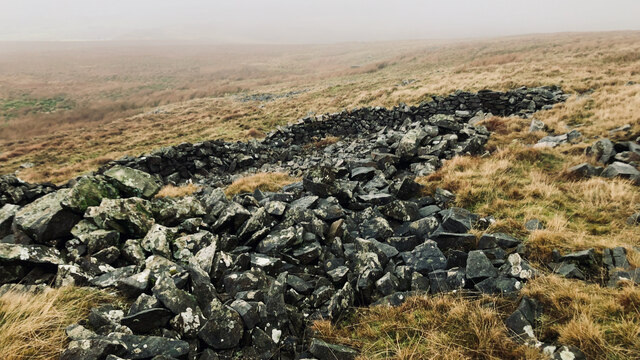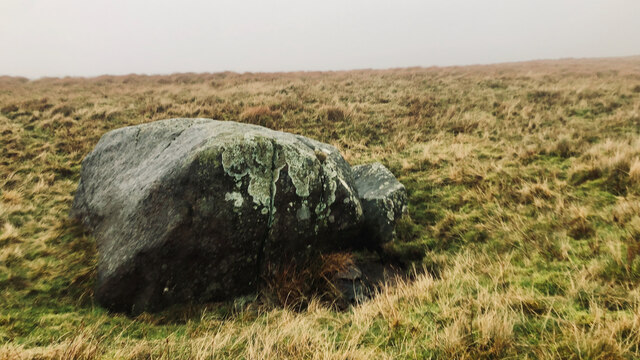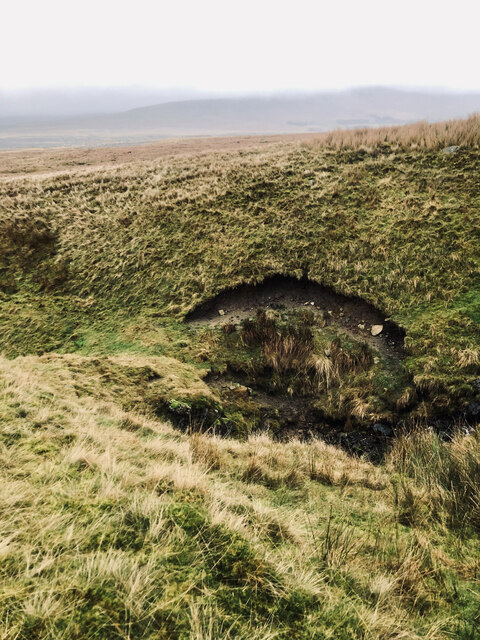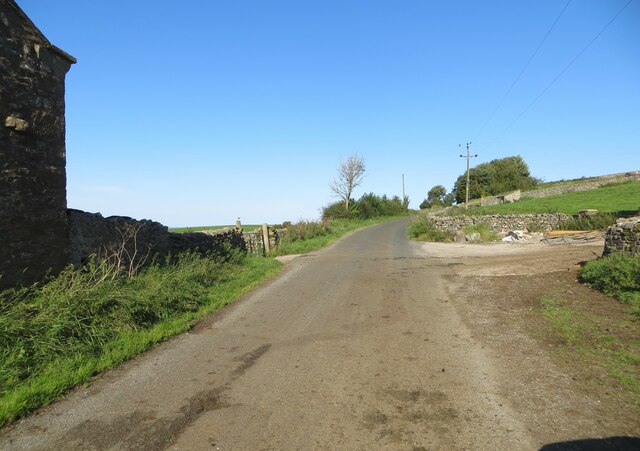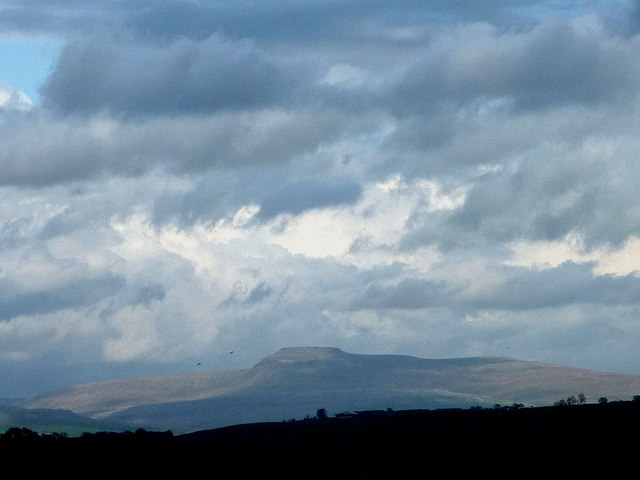Dowlass Moss
Downs, Moorland in Yorkshire Craven
England
Dowlass Moss
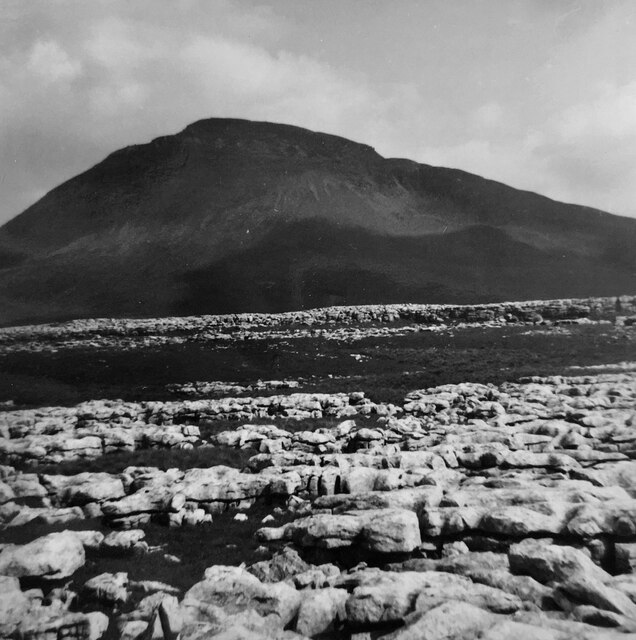
Dowlass Moss is a picturesque area situated in the county of Yorkshire, England. It is renowned for its stunning natural beauty, featuring a combination of downs and moorland landscapes that attract both locals and tourists alike.
The downs of Dowlass Moss are characterized by rolling hills and vast open spaces, providing breathtaking panoramic views of the surrounding countryside. These downs are covered in lush greenery, with grasses and wildflowers dotting the landscape, creating a vibrant and idyllic setting. The area is also home to a variety of wildlife, including hares, rabbits, and numerous species of birds, making it a haven for nature lovers and birdwatchers.
Moving towards the moorland, visitors are greeted by a more rugged and wild terrain. The moors of Dowlass Moss are characterized by expansive heather-covered hills, interspersed with rocky outcrops and scattered patches of woodland. The moorland offers a sense of solitude and tranquility, with its vast open spaces and dramatic scenery providing the perfect backdrop for long walks and hikes.
Dowlass Moss is a popular destination for outdoor enthusiasts, offering a range of activities such as hiking, cycling, and horseback riding. There are numerous well-marked trails and paths that wind through the downs and moorland, allowing visitors to explore the area at their own pace.
Overall, Dowlass Moss is a true gem of Yorkshire, offering visitors a chance to immerse themselves in the natural beauty and tranquility of the downs and moorland landscapes. Whether it's for a leisurely walk, a scenic picnic, or simply to enjoy the breathtaking views, Dowlass Moss is a must-visit destination for nature lovers and those seeking a peaceful retreat.
If you have any feedback on the listing, please let us know in the comments section below.
Dowlass Moss Images
Images are sourced within 2km of 54.15107/-2.4124662 or Grid Reference SD7372. Thanks to Geograph Open Source API. All images are credited.
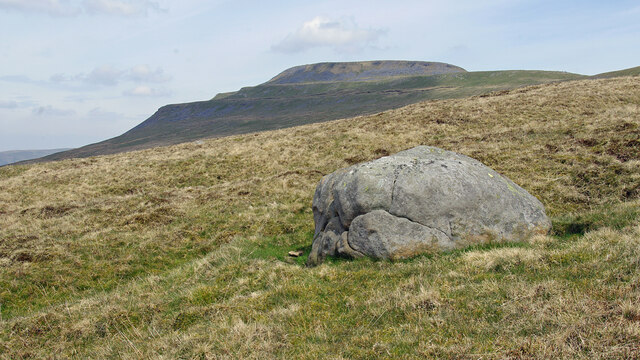
![Fallen star An oddity I came across while descending Ingleborough was several masses of a whitish jelly-like substance. A sort of like wallpaper paste. There was nothing else around, no sheep, just rough open moorland at 350m asl.
There seems to be many explanations as to what this jelly was, but after consulting the oracle that is Wikipedia, I reckon it&#039;s an alga called Nostoc, or Astromyxin, a form of cyanobacteria.
It has many common names which are most interesting: Witches’ butter, Star jelly, Troll’s butter, Spit of moon, Astral jelly and Fallen star. In Gaelic, it is called Sgeith Rionnaig, ‘Star vomit’.
Many of these names derive from the suddenness of the jelly’s appearance, resulting in a belief of it apparently falling from the sky during meteor showers.
Two 17th-century works allude to this astral origin:
“That the Starres eat …that those falling Starres, as some call them, which are found on the earth in the form of a trembling gelly, are their excrement.”
And in Dryden’s play “Œdipus”:
“The tapers the gods
The sun and moon run down like waxen globes;
The shooting stars end all in purple jellies.
And chaos is at hand.”
It’s not surprising that such a mysterious and elusive substance would have lore associated with it. In the 14th-century, the jelly was thought a cure for abscesses.
For sources see my blog <span class="nowrap"><a title="http://www.fhithich.uk/?author=1" rel="nofollow ugc noopener" href="http://www.fhithich.uk/?author=1">Link</a><img style="margin-left:2px;" alt="External link" title="External link - shift click to open in new window" src="https://s1.geograph.org.uk/img/external.png" width="10" height="10"/></span>. 2023. ‘Stepping Stone Crossing of the River Doe at Beezleys’, Fhithich &lt;<span class="nowrap"><a title="http://www.fhithich.uk/?p=31085" rel="nofollow ugc noopener" href="http://www.fhithich.uk/?p=31085">Link</a><img style="margin-left:2px;" alt="External link" title="External link - shift click to open in new window" src="https://s1.geograph.org.uk/img/external.png" width="10" height="10"/></span> &gt; [accessed 2 January 2023]](https://s0.geograph.org.uk/geophotos/07/37/36/7373688_fefa0e2d.jpg)
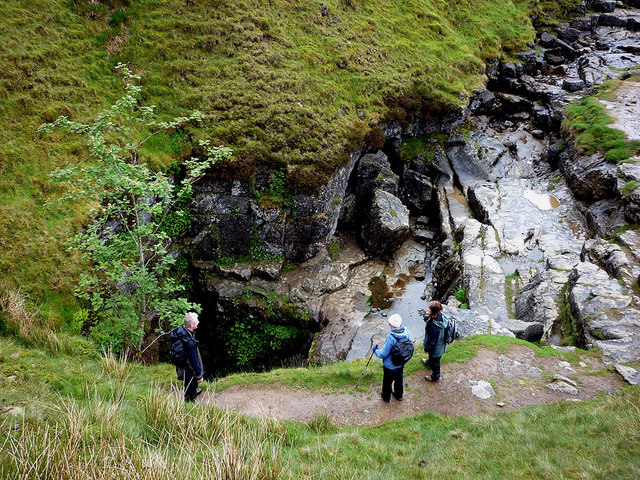
Dowlass Moss is located at Grid Ref: SD7372 (Lat: 54.15107, Lng: -2.4124662)
Division: West Riding
Administrative County: North Yorkshire
District: Craven
Police Authority: North Yorkshire
What 3 Words
///dubbing.fresh.overture. Near Ingleton, North Yorkshire
Nearby Locations
Related Wikis
Stream Passage Pot
Stream Passage Pot is one of the entrances to the Gaping Gill system being located about 320 metres (350 yd) ESE of Gaping Gill Main Shaft. It is a popular...
Disappointment Pot
Disappointment Pot is one of the entrances to the Gaping Gill cave system, located in a steep grassy shakehole some 120 metres (130 yd) south-east of Gaping...
Yorkshire Three Peaks
The mountains of Whernside (736 m or 2,415 ft), Ingleborough (723 m or 2,372 ft) and Pen-y-ghent (694 m or 2,277 ft) are collectively known as the Three...
Rat Hole, Gaping Gill
Rat Hole is one of the entrances to the Gaping Gill cave system, located in the north bank of Fell Beck 30 metres (33 yd) upstream of Gaping Gill Main...
Nearby Amenities
Located within 500m of 54.15107,-2.4124662Have you been to Dowlass Moss?
Leave your review of Dowlass Moss below (or comments, questions and feedback).
